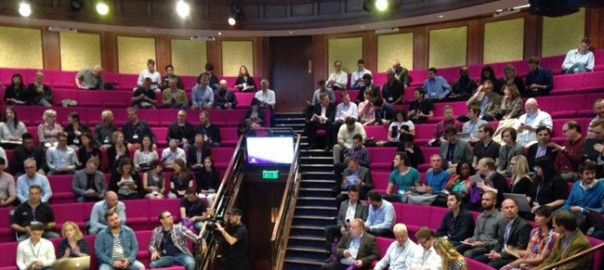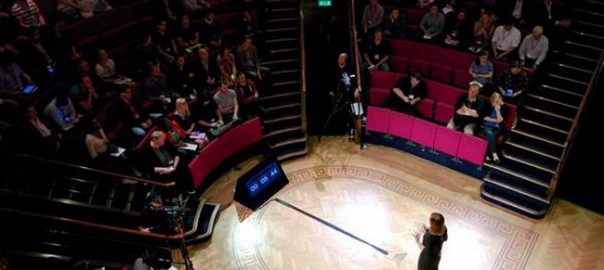The time has cometh. Here’s another roundup of my favourite links from the week covering digital strategy, social media and radio. Enjoy!
18 companies with brilliant digital strategies
Nice overview here by Ben Davis. I’m particularly intrigued by ASOS placing their editorial content (i.e. non commercial content) on their homepage and still driving sales. Obviously, they are still promoting their top offers but they’ve recognised that the homepage can be used more for inspiration and reinforcing key brand messages. Their SEO, CRM activity and search function can do the work of driving ££££.
Obviously, I don’t think I need to mention the GDS but if you haven’t read their service design manifesto you can do so here.
And finally, as a former member of the Lego Club back in the 80s (I got my bronze, silver and gold badges back in the day don’t you know…) I’m a sucker for anything about those plastic bricks. Here’s an interview with their Head of Social Media.
What 12-Year-Olds Do On Social Media – Consumer Reports News
Two things I learnt from this US report. One, don’t dismiss Instagram. Second is wrapped up in this line: “The general rule was that the girls used public settings on their fandom accounts, but strong privacy settings for their personal accounts.” That is very significant if you’re targeting a younger demographic.
Social Proof in the User Experience
I’m a big fan of these reports from Jacob Nielsen’s team and this one drives home the advantages of displaying social proof without smothering the user. Back to the old rule: Keep It Simple.
Bedtime stories: What Metro and BuzzFeed’s stats tell us about mobile readership
Loads of insight here from two well-known publishers. If you agree that ‘mobile is social’ then this quote from Martin Ashplant will particularly ring true:
“I think in terms of the type of content that works well – it’s the intrinsic link between social that works on mobile. We’re finding that so much social activity happens on mobile, well above what we’re seeing on desktop or tablet. It’s about producing something that works on social.”
Radio: It’s a love thing
Nice update from Jonathan Jacob over at Earshot Creative regarding the latest marketing campaign from the Commercial Radio Brand Committee in Australia. Perfectly summarised by a tweet I saw from Matt:
“Radio: a shared experience with a human connection.” This is what makes it different from online streaming apps @JamesCridland #CRAconf
— Matt Steadman (@matt_steadman) October 17, 2014
And lastly, we stumbled upon the video below this week and, as a result, I’ve been listening to those old Metallica tracks all week. Dead jel. I’ve been trying to learn those riffs for years and I still haven’t cracked it. Oh well! 😉
Until next week!

